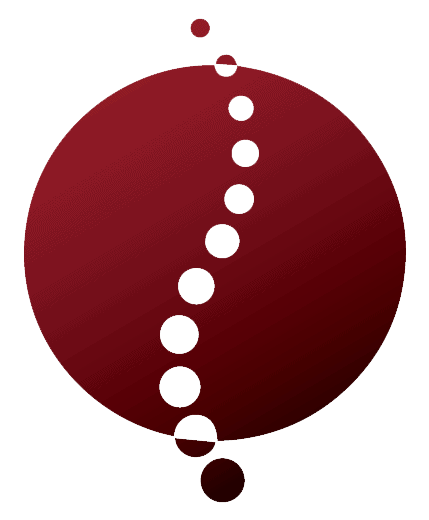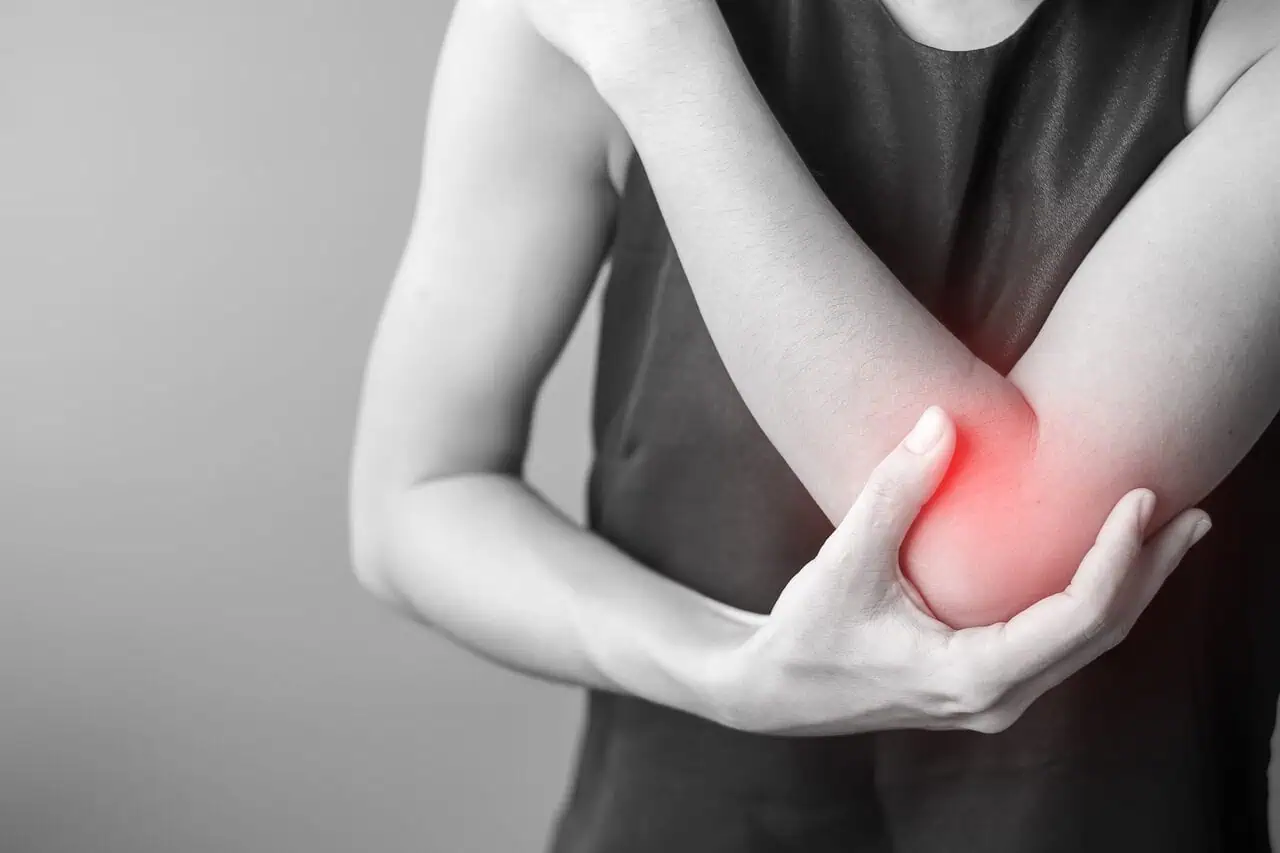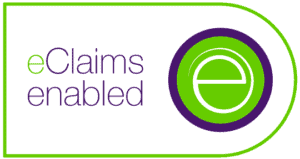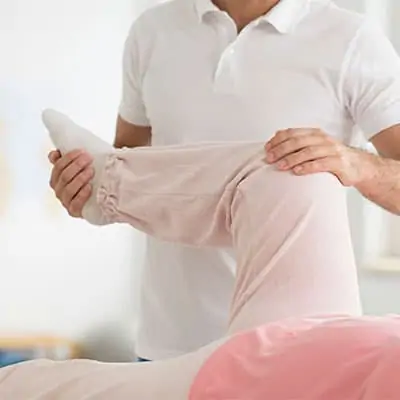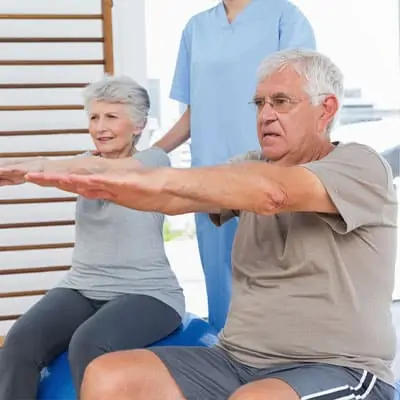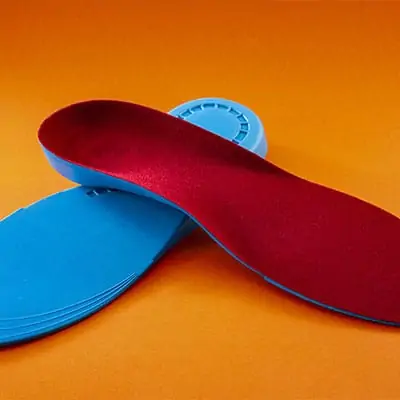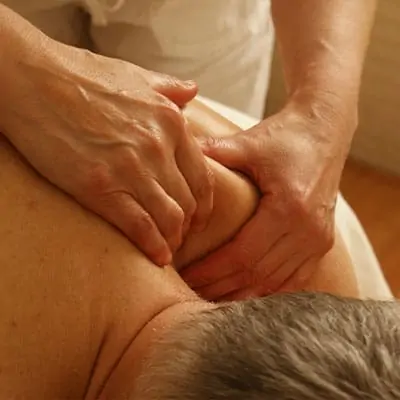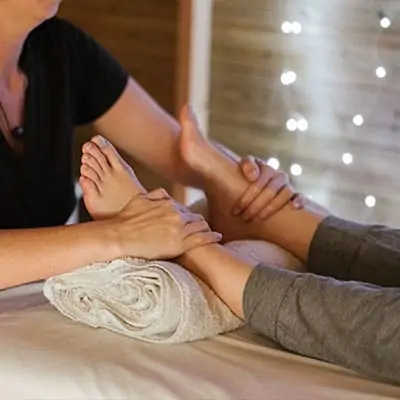Understanding Tennis Elbow
What is Tennis Elbow?
Tennis elbow, or lateral epicondylitis, is a condition that occurs when the tendons in your elbow become inflamed or damaged. This often happens due to repetitive motion and overuse, particularly from activities that require gripping. Despite its name, tennis elbow can affect anyone, not just athletes.
Causes and Symptoms of Tennis Elbow
The main cause of tennis elbow is the repetitive strain placed on the muscles and tendons of the forearm, which leads to a breakdown of collagen fibers. Common activities that may lead to tennis elbow include:
- Sports: Particularly those involving repetitive arm movements, such as tennis, racquet sports, and squash.
- Occupational Activities: Tasks that involve repetitive wrist and arm movements, like painting, carpentry, or using tools.
- Everyday Activities: Repeating motions in daily tasks, such as using smartphones or computers.
The symptoms of tennis elbow typically include:
| Symptom | Description |
|---|---|
| Pain on the outer elbow | A sharp or aching pain, especially when gripping objects. |
| Stiffness in the elbow | Difficulty straightening the arm fully. |
| Weak grip | Reduced strength when gripping or holding items. |
| Pain radiating down the forearm | Discomfort that may extend into the forearm and wrist. |
If you are experiencing persistent pain or discomfort, consider exploring massage therapy for tennis elbow as an effective treatment option. Utilizing various types of massage therapy, such as therapeutic or sports massage, may help alleviate symptoms and promote recovery.
Benefits of Massage Therapy
How Massage Therapy Helps in Tennis Elbow Recovery
Massage therapy offers several benefits that can aid your recovery from tennis elbow. By targeting the muscles and tendons around the elbow, massage therapy can help relieve pain and improve mobility. Here are some key ways that massage therapy contributes to your healing process:
| Benefit | Description |
|---|---|
| Pain Relief | Massage therapy reduces muscle tension and alleviates discomfort in the elbow area. |
| Improved Circulation | Increased blood flow enhances healing and helps reduce inflammation. |
| Enhanced Flexibility | Stretching techniques during massage can improve your overall range of motion. |
| Muscle Recovery | Massage assists in the recovery of muscles strained from repetitive movements. |
| Stress Reduction | The relaxation effect of massage therapy can reduce the stress associated with chronic pain. |
In addition to these benefits, you may find that regular massage therapy sessions improve your overall well-being. If you want to learn more about the advantages of massage therapy, refer to our article on massage therapy benefits.
Types of Massage Techniques for Tennis Elbow
Different techniques can be utilized in massage therapy for tennis elbow. Each method offers unique benefits that can support your healing journey:
| Massage Technique | Description |
|---|---|
| Therapeutic Massage | Focuses on relieving pain and soreness through deep pressure and manipulation. Learn more about it in our section on therapeutic massage therapy. |
| Deep Tissue Massage | Targets deeper layers of muscle and connective tissue, addressing chronic pain through intense pressure. Check out deep tissue massage therapy for more details. |
| Trigger Point Massage | Focuses on specific tight knots within muscles that cause pain and discomfort. You can read more on this topic in our article on trigger point massage therapy. |
| Sports Massage | Designed for athletes, this technique focuses on preventing and treating injuries while improving performance. More information can be found in our segment about sports massage therapy. |
| Lymphatic Drainage Massage | A gentle technique that encourages the flow of lymph fluid, reducing swelling and promoting recovery. Learn more about this in our article on lymphatic drainage massage therapy. |
Selecting the right type of massage therapy can significantly impact your recovery from tennis elbow. Combining these techniques with consistent treatment will optimize your healing process. For best results, consult a qualified massage therapist to create a tailored approach that suits your specific needs.
Finding the Right Massage Therapist
When seeking massage therapy for tennis elbow, it is crucial to find a qualified therapist who can effectively assist in your recovery. This section outlines the key qualifications and credentials to look for, as well as important questions to ask potential massage therapists.
Qualifications and Credentials to Look For
Selecting a licensed massage therapist can make a significant difference in your treatment. Here are some qualifications to consider:
| Qualification | Description |
|---|---|
| Licensed or Certified | Ensure the therapist holds a valid license or certification from an accredited institution. |
| Specialization | Look for certifications in sports massage or therapeutic massage, as these may be beneficial for tennis elbow. |
| Experience | Choose a therapist with experience specifically in treating tennis elbow or other related conditions. |
| Continued Education | Ensure the therapist participates in ongoing education to stay updated with the latest techniques and best practices. |
Questions to Ask When Choosing a Massage Therapist
Before committing to a therapist, consider asking the following questions to better understand their approach and expertise:
- What techniques do you use for treating tennis elbow?
- This helps determine whether their techniques align with your needs. You may want to inquire further about types of massage therapy.
- Do you have experience working with clients who have similar issues?
- A therapist familiar with tennis elbow can tailor their approach for optimal results.
- What is your treatment plan for tennis elbow patients?
- Understanding their treatment plan can provide insight into their massage approach and efficacy.
- Can you explain your education and qualifications?
- This verifies their expertise and training in addressing muscle and joint issues.
- How often should I come in for sessions?
- Regular appointments can enhance recovery, and knowing the recommended frequency helps in planning your visits.
- What are the potential benefits I can expect from the sessions?
- It is beneficial to know the expected outcomes and any limitations involved.
By asking these questions and considering the necessary qualifications, you can find a massage therapist who is well-equipped to help you recover from tennis elbow effectively. For more information on the therapeutic approaches available, check out our article on therapeutic massage therapy.
Self-Care Techniques
In addition to professional care, self-care plays a vital role in your recovery from tennis elbow. Incorporating at-home massage techniques and specific exercises can greatly enhance your healing process.
At-Home Massage Techniques
You can effectively manage tennis elbow symptoms by utilizing self-massage techniques at home. These methods can help relieve tension and promote blood circulation in the affected area. Here are some techniques you can try:
| Technique | Description |
|---|---|
| Finger Massage | Use your fingers to gently knead the area around the elbow joint, applying pressure in circular motions. This can help reduce pain and improve mobility. |
| Forearm Stretch | Extend your arm with your palm facing up. Use your other hand to gently pull back your fingers, stretching the forearm muscles. Hold for 15-30 seconds. Repeat on both sides. |
| Knuckle Massage | Make a fist with your dominant hand and use the knuckles of that hand to apply pressure on the forearm muscles. Focus on areas that feel tight or sore. |
| Rolling Pin Technique | Use a rolling pin or any cylindrical object to gently roll over the forearm muscles. Apply light pressure and move it along the length of the forearm for a few minutes. |
Incorporating these techniques can offer relief and make a noticeable difference in your comfort level. For more details on various massage approaches, visit our article on therapeutic massage therapy.
Stretching and Strengthening Exercises for Tennis Elbow
A combination of stretching and strengthening exercises helps in the recovery process and prevents future occurrences of tennis elbow. Here are some recommended exercises:
| Exercise | Description | Suggested Reps |
|---|---|---|
| Wrist Flexor Stretch | Extend your arm in front with your palm facing up. Use the opposite hand to gently push down on the fingers of the extended hand. Hold for 15-30 seconds. | 3 times each hand |
| Wrist Extensor Stretch | Extend your arm with the palm facing down. Use the opposite hand to press gently on the back of your hand, pulling it towards your body. Hold for 15-30 seconds. | 3 times each hand |
| Towel Twist | Hold a towel with both hands and twist it as if wringing out water. This engages the forearm muscles. Repeat for 30 seconds. | 3 sets |
| Resistance Band Wrist Extension | Secure a resistance band under your foot and hold the other end with your hand. Slowly extend your wrist upward, then return to the start position. | 10-15 reps |
Incorporating these stretches and exercises into your daily routine can improve flexibility and strength in your forearm muscles. For more information on exercise routines for sports-related injuries, check out our article on sports massage therapy.
Integrating these self-care techniques into your daily routine can greatly influence your recovery journey. Be consistent and monitor how your body responds to different methods to find what works best for you while considering additional options like deep tissue massage therapy or trigger point massage therapy for targeted relief.
What to Expect During a Massage Therapy Session
When you visit a massage therapist for tennis elbow recovery, there are specific stages in your session that you should anticipate. Understanding these steps can help you feel prepared and informed about the process.
Initial Assessment
During your first visit, the massage therapist will conduct an initial assessment. This step is crucial as it allows the therapist to gather essential information about your condition. Here are some aspects they may evaluate:
| Assessment Component | Description |
|---|---|
| Medical History | Discuss any previous injuries, surgeries, or relevant health conditions. |
| Pain Level | Rate your pain on a scale from 1-10, identifying specific areas of discomfort. |
| Range of Motion | The therapist may assess how well you can move your arm and elbow. |
| Symptoms | Describe any symptoms you’re experiencing, such as swelling or tenderness. |
The initial assessment helps the therapist devise a personalized approach for your treatment. They will consider your unique situation to create an effective plan.
Treatment Plan and Techniques Used
After the assessment, the massage therapist will outline a treatment plan tailored to your needs. Treatment plans for tennis elbow may vary based on the severity of your symptoms and your overall health. Common techniques used in massage therapy for tennis elbow include:
| Technique | Description |
|---|---|
| Swedish Massage | A gentle technique that promotes relaxation and improves circulation. |
| Deep Tissue Massage | Focuses on deeper layers of muscle tissue to relieve tightness and pain. |
| Trigger Point Therapy | Targets knots or tight areas in muscles that refer pain to other body parts. |
| Rehabilitation Massage | Combines various modalities to aid in healing and restore function. |
Your therapist may also incorporate other techniques, such as stretching or joint mobilization, to enhance your recovery. Depending on the plan, you may need regular sessions to monitor progress and adjust as necessary.
For more insights into different types of massage approaches, you can explore our articles on therapeutic massage therapy and massage therapy techniques. Understanding these treatments and consistent communication with your therapist can significantly contribute to your recovery from tennis elbow.
Incorporating Massage Therapy into Your Recovery Plan
Incorporating massage therapy into your recovery strategy for tennis elbow can significantly enhance your healing process. To maximize the benefits, it is important to focus on consistency in therapy sessions and to effectively combine massage techniques with other treatment modalities.
Consistency in Massage Sessions
Regular and consistent massage therapy is key to achieving optimal recovery from tennis elbow. Receiving treatment on a regular basis helps ensure the affected muscles and tendons receive the continuous care they need, facilitating faster healing and pain relief.
Here is a suggested schedule for massage therapy sessions:
| Frequency of Sessions | Duration per Session | Benefits |
|---|---|---|
| Once a week | 60 minutes | Gradual muscle relaxation and pain reduction |
| Twice a week | 30-45 minutes | Improved flexibility and circulation |
| Every two weeks | 60 minutes | Maintenance of muscle health and prevention of stiffness |
Discussing your progress with your massage therapist can help adjust the frequency and duration of your sessions according to your recovery needs.
Combining Massage Therapy with Other Treatments
To enhance the effectiveness of massage therapy, it is beneficial to incorporate other therapeutic approaches. Combining various treatments can provide a holistic recovery plan that targets different aspects of healing.
Some treatments that work well alongside massage therapy include:
- Physical Therapy: Engaging in tailored exercises under professional guidance can help strengthen the muscles around the elbow.
- Ice Therapy: Applying ice after massage can reduce inflammation and pain, especially after a session.
- Stretching Exercises: Performing stretches before and after a massage can enhance flexibility and reduce tightness.
- Pain Management Techniques: Integrating modalities like acupuncture or heat therapy may complement your massage sessions effectively.
If you find that certain techniques or therapies are particularly beneficial, discuss them with your healthcare provider to ensure a comprehensive approach to your tennis elbow recovery. More information can also be found about various modalities in our article on massage therapy benefits.
